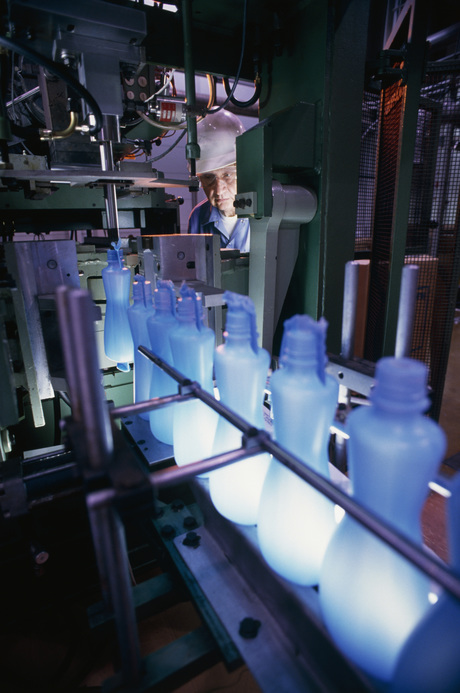What are the risks posed by trace heavy metals in plastics?

The trace amounts of toxic substances used to make plastics don’t contaminate the food or beverage products they contain at a significant level and pose no immediate threat to consumers, according to recent Iowa State University research.
That’s good news for anyone who buys any number of processed foods and beverages. But the bad news is that those plastic products may cause health concerns decades after they’ve been used and thrown in the bin.
The findings highlight the need to use properly sourced plastics and increase recycling efforts to reduce the overall environmental impact, said Keith Vorst, an associate professor of food science and human nutrition at Iowa State University.
Vorst said toxic materials such as heavy metals leach out of the plastic as the products decay over several years, creating what Vorst calls “end-of-life” problems. If the plastics make their way to a landfill or a body of water, for instance, the heavy metals they contain may pollute drinking water or have other environmental repercussions, he said.
“We found that these metals are in the packaging, but they’re not getting into the food or beverage products,” Vorst said. “But we did turn up end-of-life issues. As the plastic breaks down, the heavy metals can be released.”
His lab conducted experiments on a range of plastics, exposing them to heat, microwaves and various pH and acidic levels. The results, published recently in the peer-reviewed Journal of Plastic Film and Sheeting, showed that the products contained in the plastics are safe for human consumption.
He pointed to heavy metals such as lead, mercury, chromium, cadmium and antimony as the most common concerns. Those metals can cause numerous health problems, such as neurological and renal damage, in humans exposed to high enough levels. The metals make their way into the plastic products when they’re used as catalysts during production or when recycled plastic is exposed to the metals during the reclamation process.
Polymer and Food Protection Consortium
Vorst leads the Polymer and Food Protection Consortium at Iowa State, a group that aims to strengthen food safety and improve the function of polymeric materials like plastics. Vorst has helped to develop a sophisticated sensor array that helps manufacturers track potentially harmful materials in plastic polymers in real time, and several major manufacturers have adopted or are currently evaluating the new technology.
His lab has looked at ways to use recycled plastic containers to filter out light in an effort to keep produce looking fresh on grocery store shelves. He’s also studying the gases released by microwave popcorn, though he said it’s too soon to make any conclusions from the experiments so far.
“Manufacturers want to know about innovations that might make their products safer and their processes more efficient,” Vorst said. “We try to provide the research that will improve these products for the industry as well as the consumer.”
ST. ALi doubles capacity with second coffee packaging machine
In order to meet growing demand for its product, coffee brand ST. ALi has added another coffee...
Powdered plant milk designed to cut packaging and emissions
Bare*ly Mylk, a startup founded by Monash University alumni, has developed powdered plant milk to...
Linerless packaging design for kiwi fruit rebrand
Global kiwi supplier Zespri has collaborated with Tesco for its packaging revamp that is designed...














